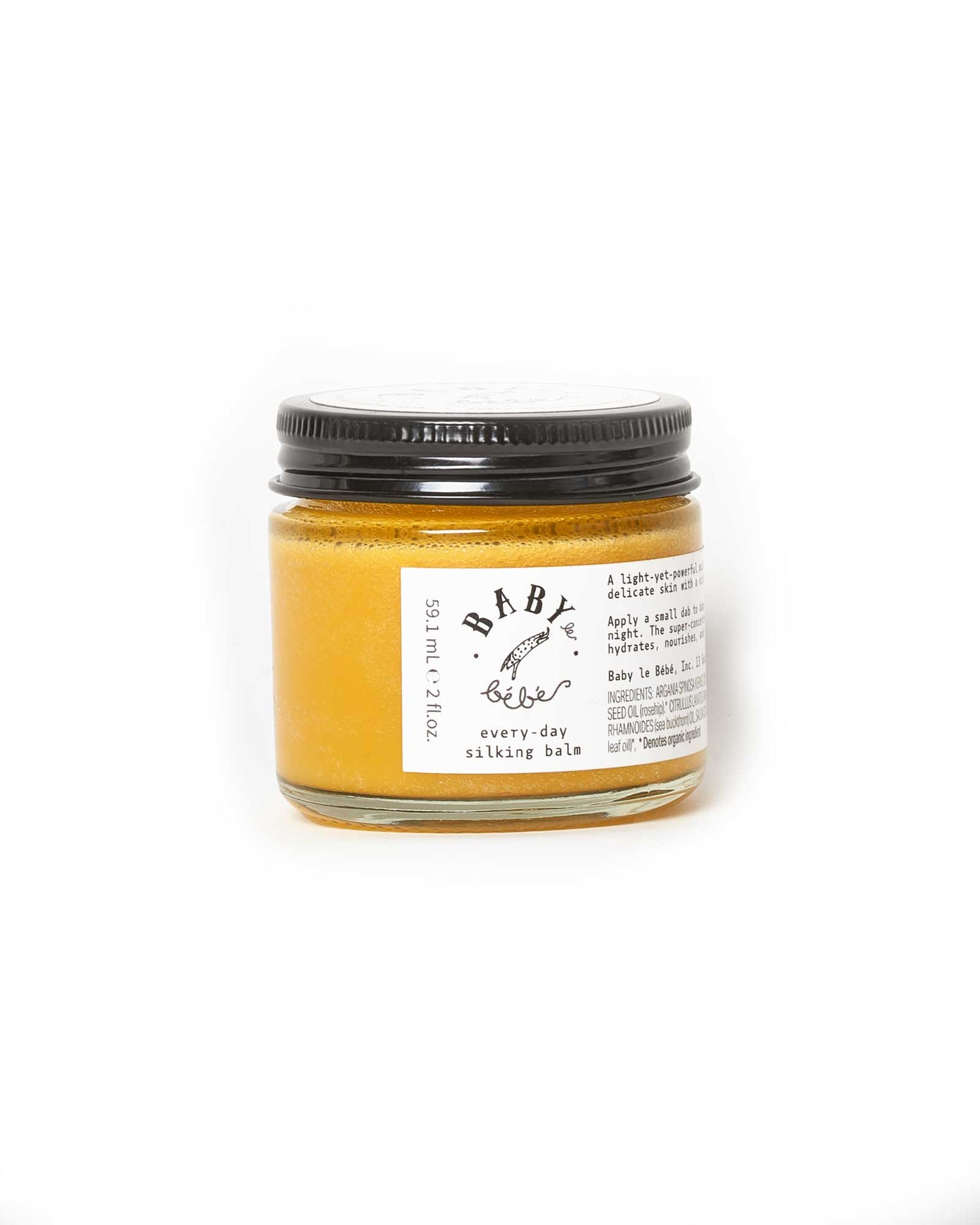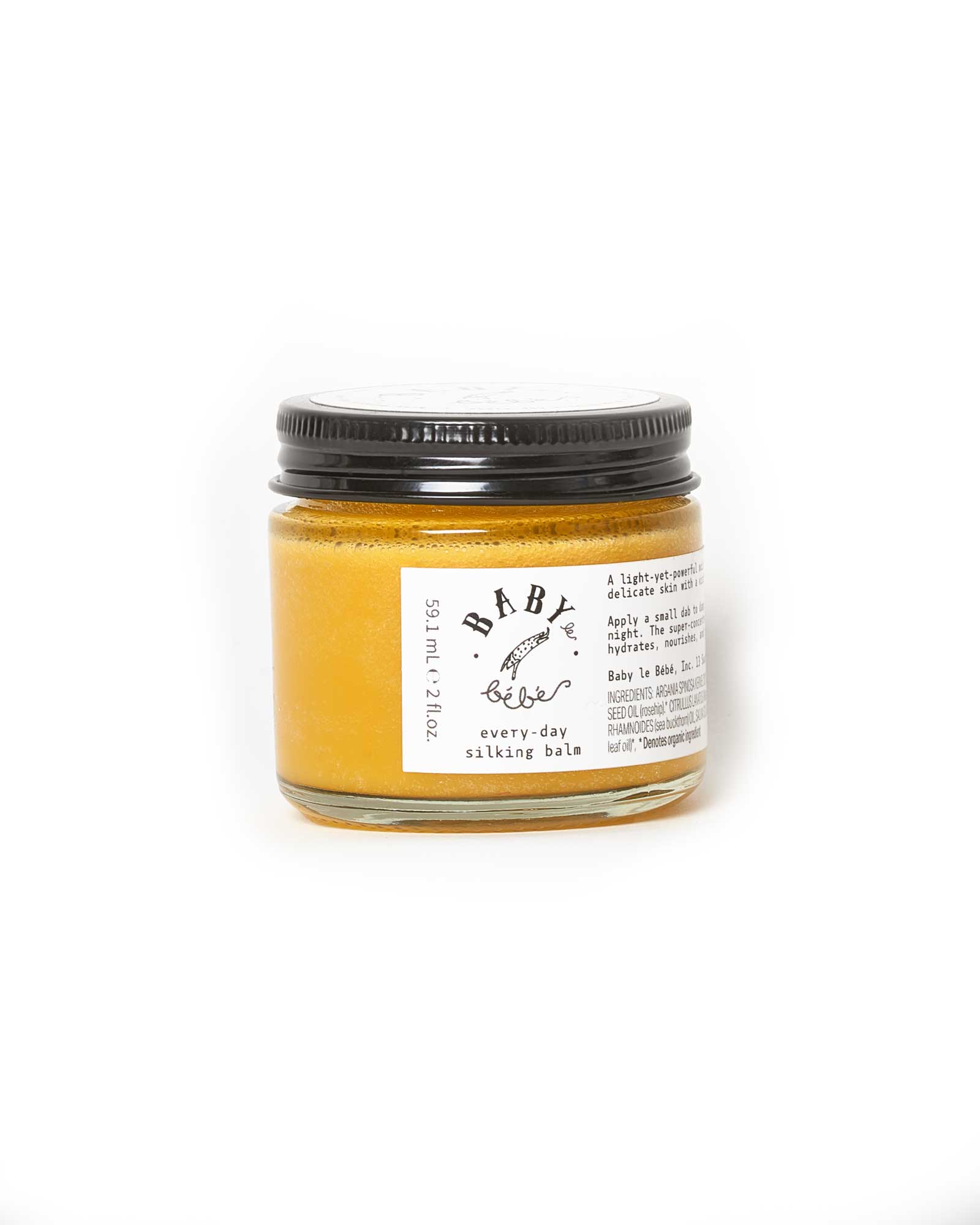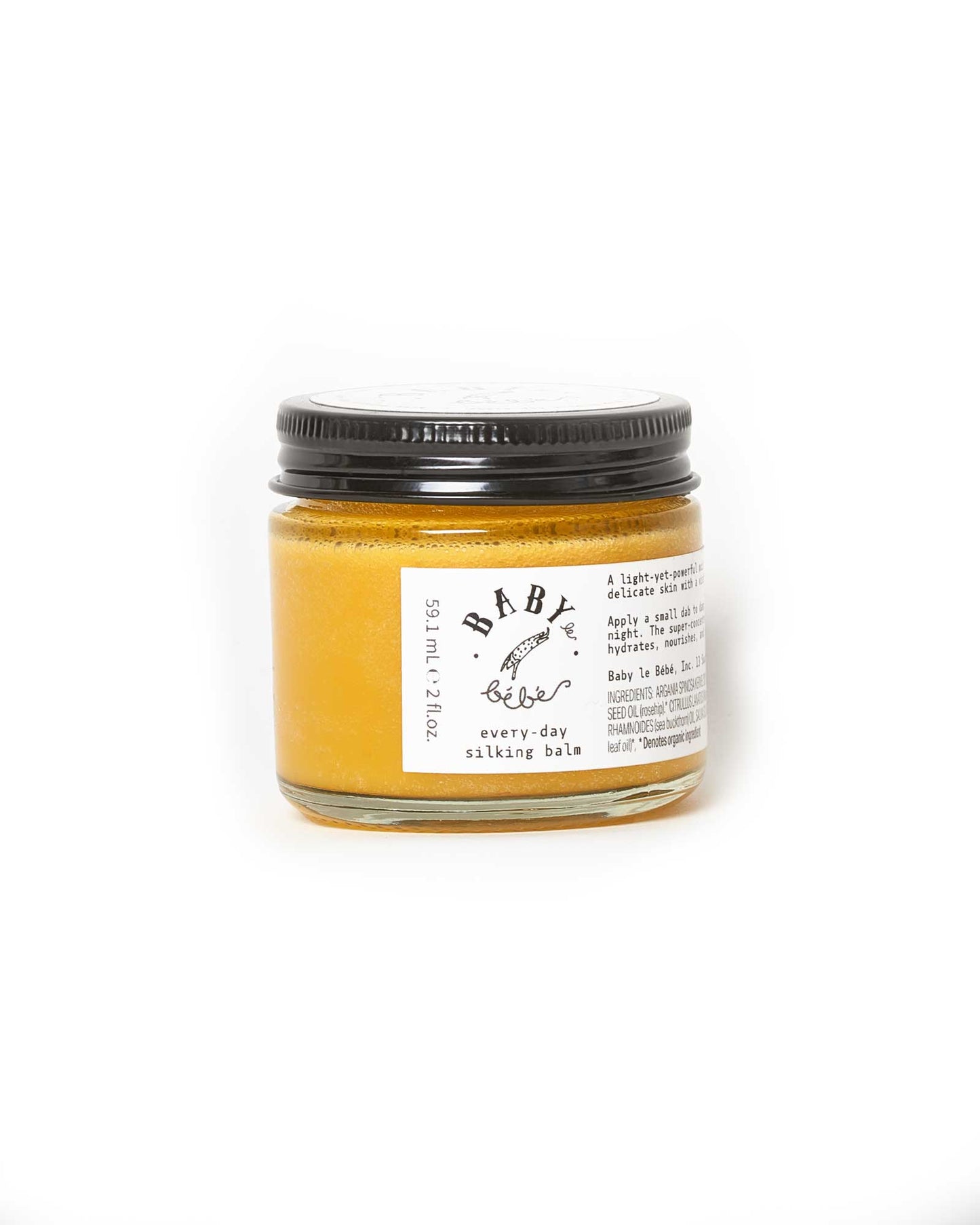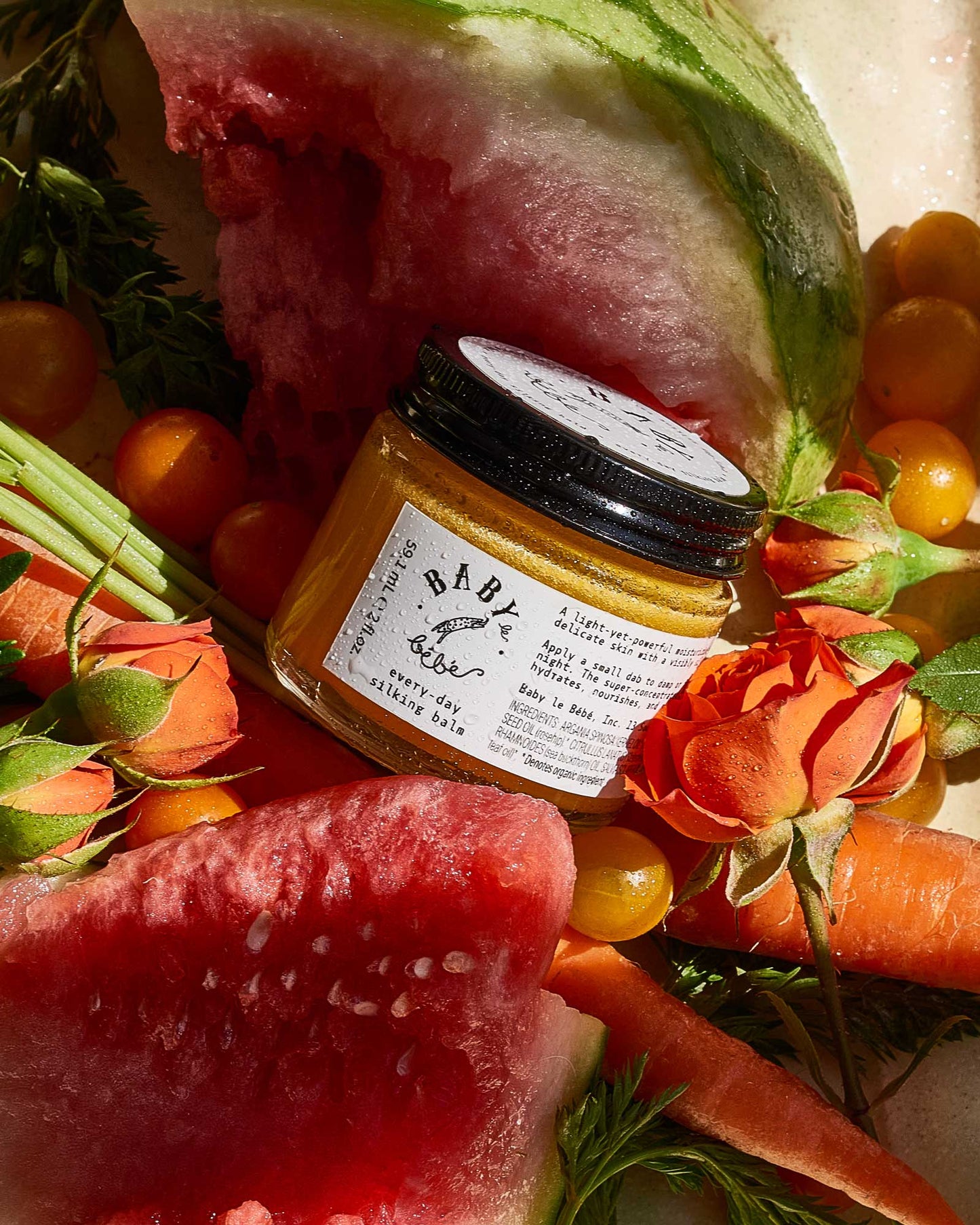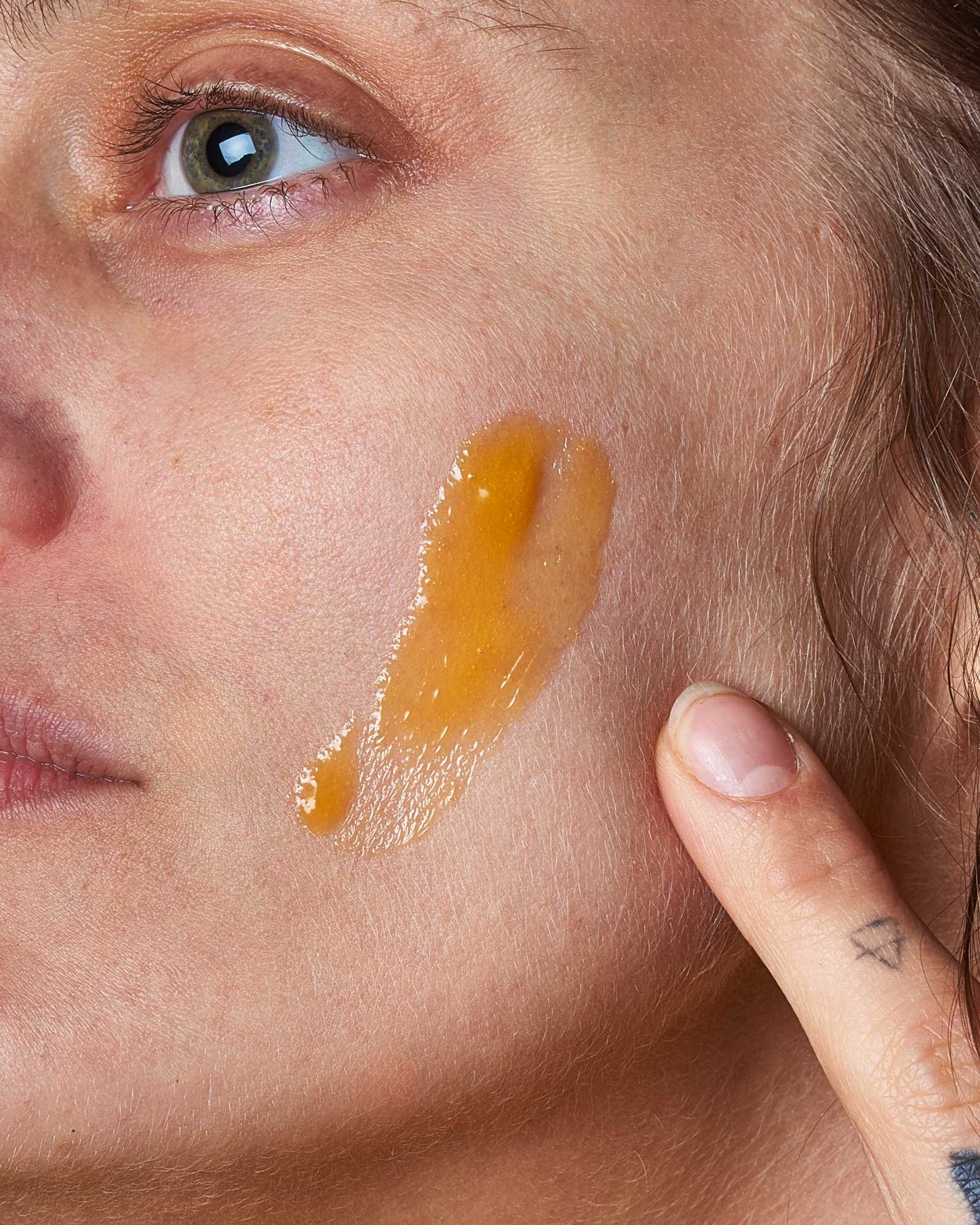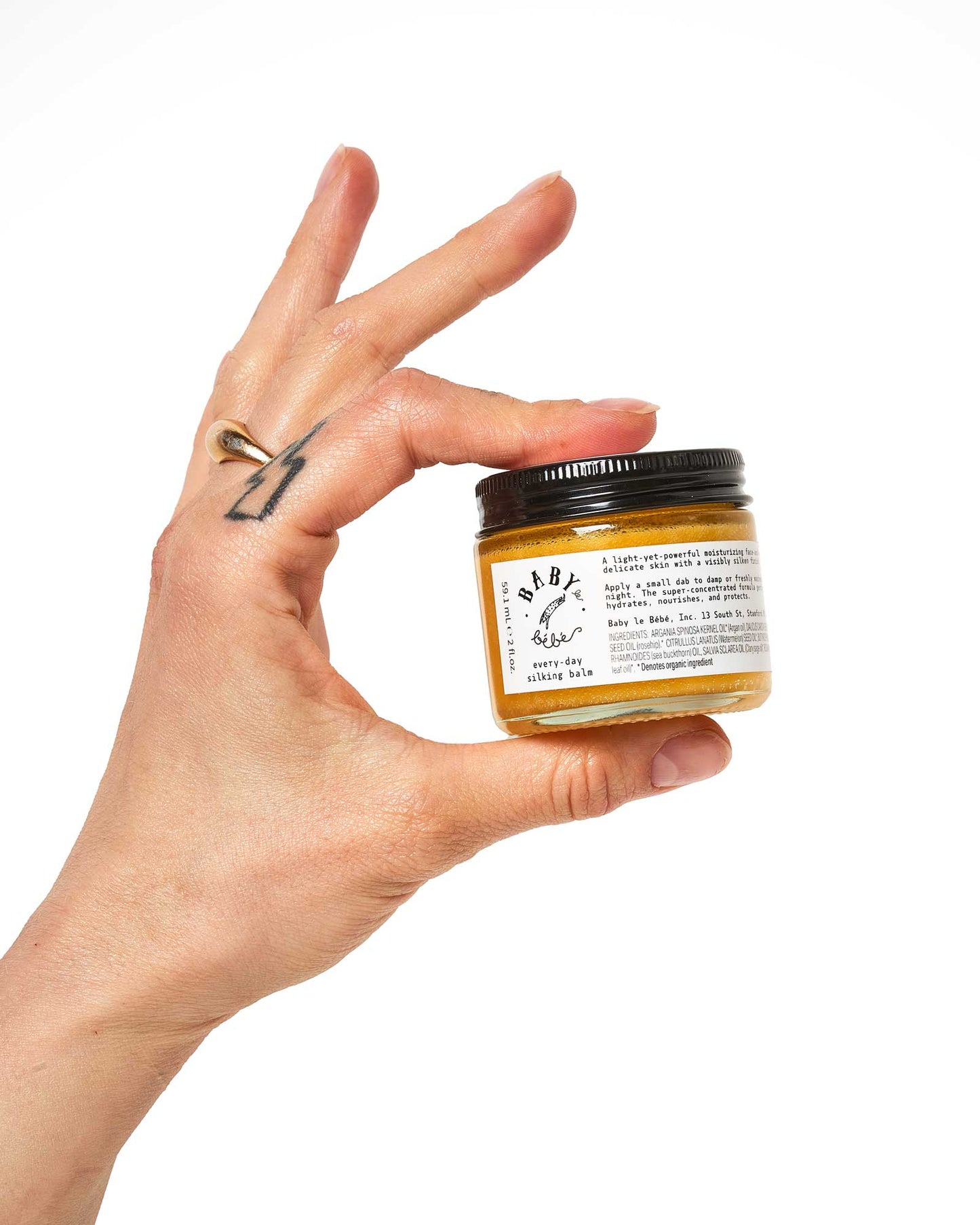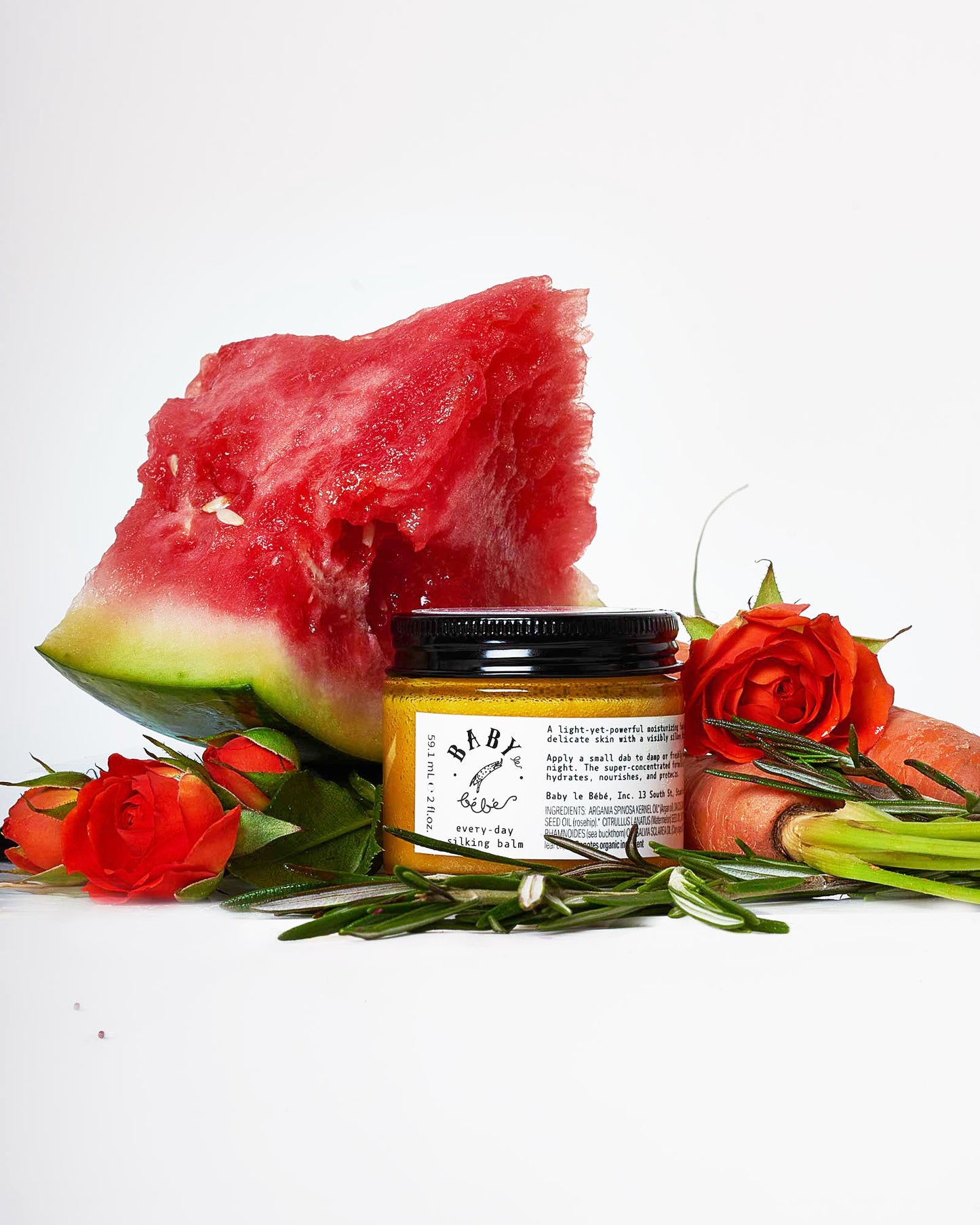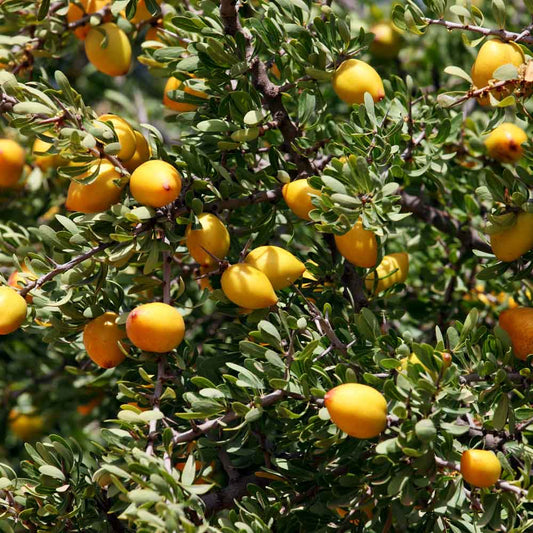When we think about healthy skin, minerals might not be the first thing that comes to mind. But just like vitamins and essential fatty acids, topical minerals play a crucial role in the skin’s ability to stay strong, calm, and radiant — especially when delivered through high-quality, plant-based skincare.
In the world of natural, organic skincare, these minerals are often sourced from clays, botanicals, seed oils, or herbal infusions. They help support everything from cellular repair to barrier function — and yes, even your glow.
Here’s a closer look at the top five minerals we love for skin, and how they work when applied topically in clean, botanical formulas.
Zinc – The Calming Defender
Zinc is a trace mineral with powerful anti-inflammatory and antimicrobial properties. It’s especially known for its role in reducing redness, balancing oil production, and supporting wound healing.
What it does: Calms irritation, helps repair damaged skin, and regulates sebum
Why it matters: It’s particularly helpful in natural formulations for blemish-prone or reactive skin
Found in: Natural clays (like French green clay), botanical infusions, unrefined shea butter, and calendula
Magnesium – The Stress Reliever
Magnesium is known as the relaxation mineral — and your skin loves it just as much as your nervous system does. It plays a vital role in cellular regeneration and barrier function, and may help reduce the effects of environmental stress.
What it does: Reduces inflammation, improves hydration, and soothes sensitivity
Why it matters: Magnesium deficiency can show up as dull, flaky, or irritated skin
Found in: Mineral-rich salts (like magnesium chloride), deep sea water, and leafy green–derived extracts
Calcium – The Barrier Builder
Calcium is one of the most abundant minerals in the body — and your skin uses it to regulate cell turnover and maintain the stratum corneum, the outermost protective layer.
What it does: Supports firmness, hydration, and cellular cohesion
Why it matters: Calcium helps prevent transepidermal water loss (TEWL) and keeps the skin barrier intact
Found in: Seaweed, algae, sesame seed oil, and mineral clays
Iron – The Oxygen Carrier
While iron isn’t typically thought of as a topical skincare mineral, it plays a subtle but important role. As a natural component of many plant-based extracts, it helps support microcirculation and oxygen delivery to skin cells.
What it does: Encourages a healthy, energized appearance and helps combat dullness
Why it matters: Iron helps maintain enzymatic function and cell renewal — especially in antioxidant-rich formulations
Found in: Spirulina, nettle, cocoa, cacao butter, and leafy plant extracts
Silica – The Skin Strengthener
Silica (or silicon dioxide) is a trace mineral essential for the synthesis of collagen and elastin, the proteins responsible for skin’s elasticity and structure.
What it does: Strengthens connective tissue, improves skin texture, and supports long-term firmness
Why it matters: Silica declines with age, so replenishing it through botanicals helps maintain tone and resilience
Found in: Horsetail extract, bamboo, oats, and mineral-rich herbs
Minerals + Botanicals = Smarter Skincare
When included in thoughtfully crafted natural organic skincare formulas, these minerals support cell function, barrier repair, and the skin’s ability to stay balanced under stress.
Whether delivered through herbal extracts, plant oils, or natural clays, mineral-based support gives your skin exactly what it needs — no synthetic additives or artificial “actives” required.
Because sometimes, real skincare is just… elemental.
Bibliography – Topical Minerals in Natural Organic Skincare
-
Draelos, Z.D. (2010). Minerals in dermatology: Functions, sources, and benefits. Clinics in Dermatology, 28(4), 440–445. https://doi.org/10.1016/j.clindermatol.2010.03.020
– Overview of topical mineral use in dermatology and skincare products. -
Barel, A.O., Paye, M., & Maibach, H.I. (2014). Handbook of Cosmetic Science and Technology (4th ed.). CRC Press.
– Cited for mineral bioavailability and effects of magnesium and calcium on the skin. -
Grether-Beck, S., et al. (2016). The mineralocorticoid receptor and its role in skin inflammation. Experimental Dermatology, 25(6), 412–417. https://doi.org/10.1111/exd.12964
– Notes anti-inflammatory effects of minerals including zinc and magnesium. -
Janson, M. (2001). Silicon: The Beauty Mineral. Townsend Letter for Doctors and Patients, Issue 217.
– Highlights silica’s role in collagen synthesis and skin strength. -
Keen, C.L., & Gershwin, M.E. (1990). Zinc deficiency and immune function. Annual Review of Nutrition, 10, 415–431. https://doi.org/10.1146/annurev.nu.10.070190.002215
– Background on zinc’s role in skin health and repair. -
U.S. Department of Agriculture. (2023). FoodData Central – Nutrient profiles of herbs and botanicals. https://fdc.nal.usda.gov/
– Source for iron, silica, and calcium content in spirulina, nettle, horsetail, and oats.
